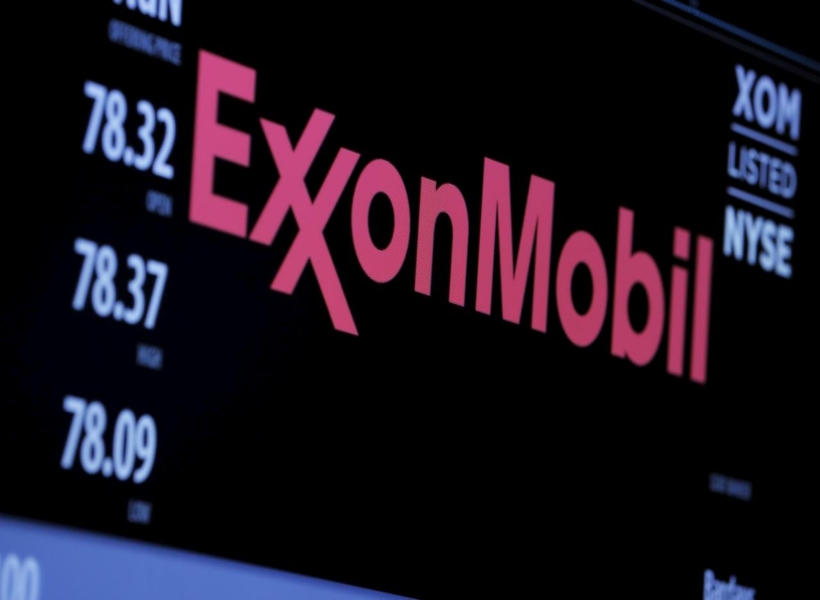Exxon Mobil Corporation today announced an estimated fourth quarter 2020 loss of US$20.1 billion, or US$4.70 per. Capital and exploration expenditures were US$4.8 billion, bringing full-year spending to US$21.4 billion, which is US$9.8 billion lower than the prior year.
The Stabroek Block operator said that its oil-equivalent production in the fourth quarter was 3.7 million barrels per day, consistent with the third quarter of 2020. Production it said, was reduced by government mandated curtailments. Excluding entitlement effects, ExxonMobil said that divestments, and government mandates, liquids production increased 5 percent, while natural gas volumes increased 2 percent.
“The past year presented the most challenging market conditions ExxonMobil has ever experienced,” said Darren W. Woods, Chairman and Chief Executive Officer. While the effects of the pandemic significantly impacted our 2020 results, Woods said that the company’s previously executed strategic initiatives and reorganizations enabled it to respond decisively to permanently improve cost structure, drive greater efficiencies across its businesses, and emerge a stronger company. He said that these improvements are expected to deliver structural expense savings of US$6 billion per year by 2023, relative to 2019.
The CEO said, “We remain focused on increasing long-term value for our shareholders by investing in our highest-return assets, preserving the strength of the balance sheet, and paying a reliable dividend. We’ve built a flexible capital program that is robust to a range of market scenarios and focused on our highest-return opportunities to drive greater cash flow, cover the dividend, and increase the earnings potential of our business…”
In terms of strengthening the company’s portfolio, Woods said that during the quarter under review, production volumes in the Permian Basin averaged 418,000 oil-equivalent barrels per day, an increase of 42 percent from the prior year. He said that full-year 2020 production averaged 367,000 oil-equivalent barrels per day while noting that focus remains on lowering overall development costs and increasing recovery through efficiency gains and technology applications.
Further to this, Woods said that full-year 2020 drilling and completion costs were more than 25 percent lower than 2019. Over the same period, the CEO said that drilling rates (lateral feet per day) improved more than 20 percent and fracturing rates (stages per day) improved more than 30 percent.
Additionally, the CEO said that ExxonMobil continued to progress major deepwater development in Guyana. In this regard, Woods said that exploration, appraisal, and development drilling continues across four rigs with plans to add additional rigs in the first half of 2021. He reminded that the Liza Phase 1 development, utilizing the Liza Destiny floating production, storage, and offloading vessel (FPSO), is producing at capacity of 120,000 gross barrels of oil per day.
The Liza Unity FPSO, which will be deployed for the second phase of Liza development and will have a gross production capacity of 220,000 barrels of oil per day, is under construction and is expected to start production in 2022.
Payara, the third major phase of development, which was fully funded in 2020, will also have a gross production capacity of 220,000 barrels of oil per day and is expected to start up in 2024.
Guyana Standard understands that Exxonmobil’s operations at the Stabroek Block remain key to its survival for the post pandemic era.











